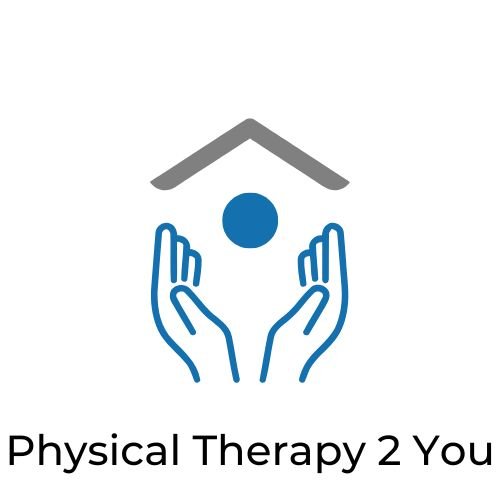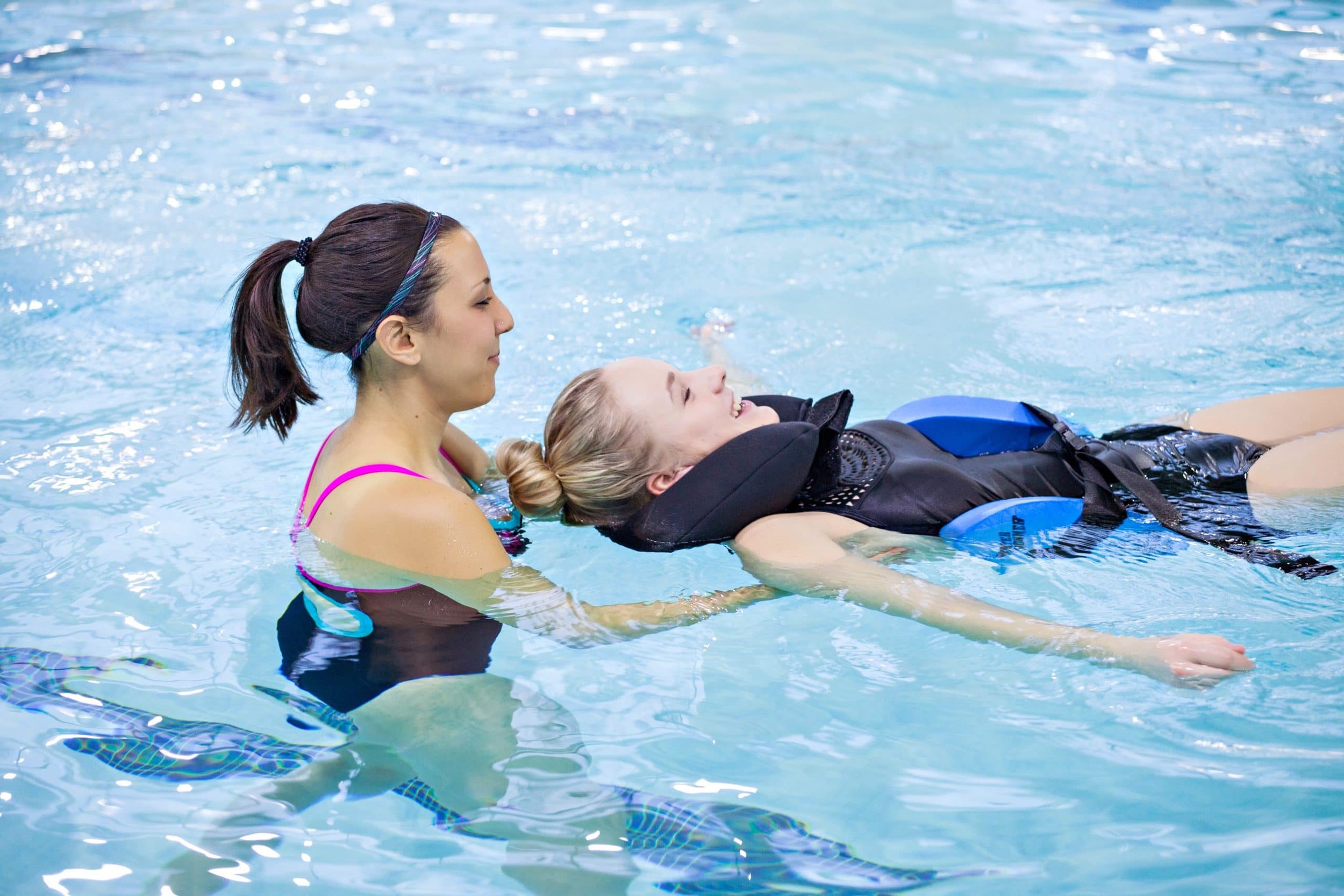Therapies Provided
We pride ourselves on “Manual” therapy.
Muscle energy techniques: Manual (hands on) techniques to improve musculoskeletal function through mobilizing joints and stretching tight muscles/ fascia in order to reduce pain and improve circulation/ lymphatic flow.
Soft tissue mobilization: Soft tissue mobilization is a form of manual therapy where the PT uses hands-on techniques on your muscles, ligaments and fascia to break adhesions (scar tissue) and optimize your muscle function.
ADL therapy: Therapy geared toward improving your performance of activities of daily living like dressing, bathing, eating and toileting. We can help you return to functional activities with ADL training for strength and increased independence.
Cardiopulmonary Therapy: Cardiopulmonary therapy is specialized for patients with cardiovascular (heart) or pulmonary (lung) issues or diseases, such as diabetes, heart disease, cystic fibrosis or chronic obstructive pulmonary disease (COPD). This type of therapy can also help patients who have undergone heart valve replacements, bypass surgeries or lung/heart transplants. This may include post-COVID 19 endurance training.
Stabilization and Balance Exercises (Vestibular Therapy and Gait Training): Stabilization exercises can help a wide range of injuries especially when coupled with vestibular therapy techniques. Stabilization is needed for proper functioning of the joints and spine. Balance training is an effective recovery technique that can help with concussions, muscle weakness, joint weakness and improving core strength. Balance training is also very important to increase muscle strength and help avoid future falls.
Epley Maneuver for BPPV: The Epley maneuver is a series of head movements to relieve symptoms of benign positional vertigo. Benign positional vertigo is also called benign paroxysmal positional vertigo (BPPV). BPPV is caused by a problem in the inner ear that causes vertigo or the feeling that you are spinning or that everything is spinning around you.
Weight Training: Weight training helps with osteoporosis, which is when the bone density decreases. Weight training can increase bone density to help decrease the chance of a fracture if a patient falls. Weight training also increases muscle strength, which helps balance and coordination.
Aquatic Therapy
Aquatic Therapy: Aquatic therapy is practiced in a pool, which is usually heated to help relax muscles. This therapy helps patients who have difficulty exercising on land due to weight-bearing pain that may prohibit the development of functional muscle. It also helps improve flexibility and reduce joint pain and swelling. Since aquatic therapy is limited with weight bearing, aquatic therapy can help with joint pain, arthritis, and joint replacements.
*We can perform aquatic therapy if the patient has access to a home pool or community pool.


